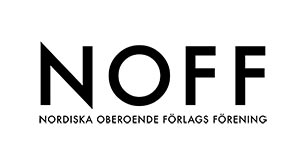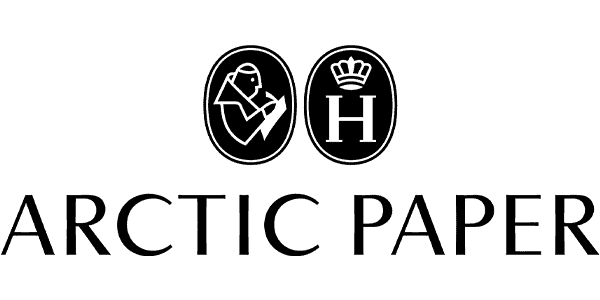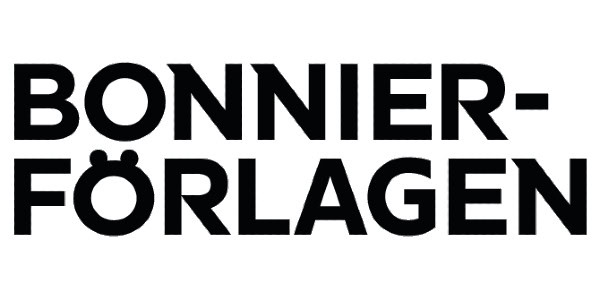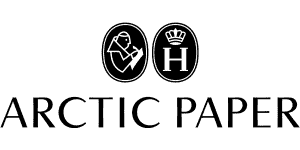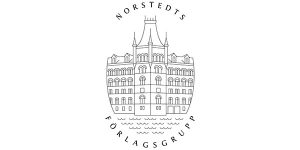
Constructing Lithuania : ethnic mapping in tsarist russia, ca. 1800-1914

| Författare | |
|---|---|
| Förlag | Acta Universitatis Stockholmiensis |
| Genre | Historia och arkeologi |
| Format | Häftad |
| Språk | Engelska |
| Antal sidor | 309 |
| Vikt | 626 gr |
| Utgiven | 2008-01-15 |
| SAB | Kma.46 |
| ISBN | 9789185445790 |
Up until now the discipline of history has most often used maps as a convenient tool for illustration. Scholars have thus touched only briefly upon the development of maps and their role in the processes underlying the formation of national territories and the establishment of ethnic boundaries. It is against this backdrop that the present study focuses on the use of maps and their significance during the construction of the Lithuanian ethnic/national territories in the period prior to 1914.
The work employs a wide spatial and contextual perspective. One of its main arguments is that at the beginning of the 20th century the Russian Empire could be perceived as a multi-ethnic and regional state. Although the imperial authorities and wider public may have rejected this notion or found it problematic to accept, it was a fact which was clearly evident in the research of Russian scholars. To demonstrate this, Petronis focus on two processes: the gradual formation of the Lithuanian ethnic space on maps, and its transformation from an ethnographical concept to an ethnic and national territory.
The methods employed in this study can also be used in other contexts to undertake similar investigations on other ethnic groups, thus opening the possibility to obtain a better understanding of the evolution of particular territorial constructions, territorial conflicts, border disputes and so on. Moreover, although much work still remains to be done in developing this approach, the present study nevertheless points to the way in which a fusion of the history of cartography, historical geography and other related disciplines offers the historian a new way of understanding the past.


